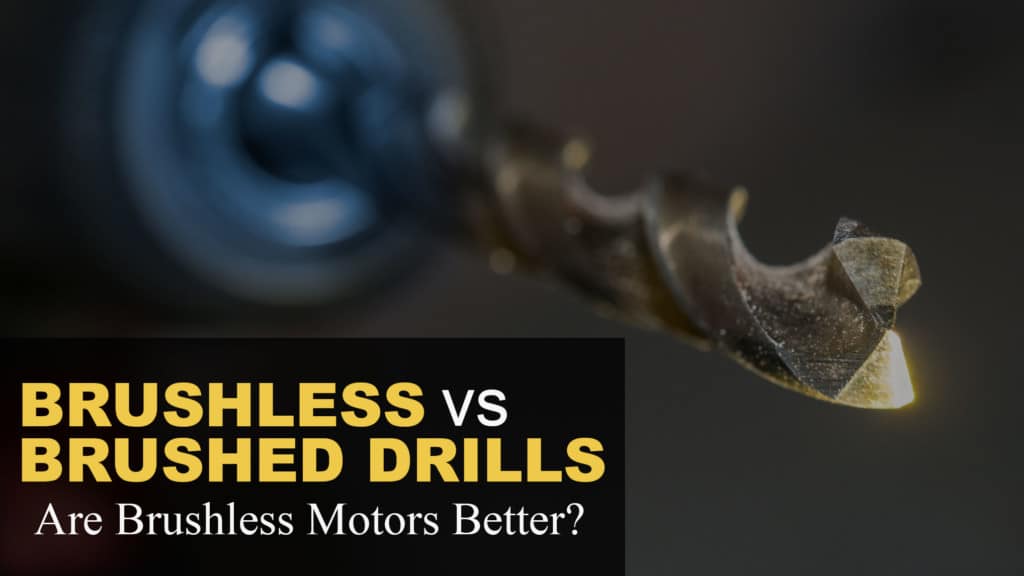Brushless motors are all the rage with cordless drills. Just about every major manufacturer now offers a wide range of battery-operated tools, from impact drivers to cordless brad nailers, featuring brushless motors as a main selling point.
Are brushless tools worth it or is it just a bunch of marketing hype?
Should you buy a brushless drill or one with a standard brushed motor?
Read on to learn about the differences between brushed and brushless motors and why it matters which one your cordless drill uses.
Let’s Dive Right In
ToolLogic.com earns a commission from purchases made through links in this post. Learn More
What’s All This Motor Talk About?
When we’re talking about brushed vs brushless tools, what we’re referring to is the electrical motor that powers it. In order to figure out what makes one better than the other, it helps to get a better understanding of what they are and how they work.
I’m about to get a little geeky, so if you just want to see a quick comparison between the two different types of drills, hit the jump below.
Jump To: Brushless vs Brushed Drill Comparison
Brushed Motor Overview
Power tools have been using brushed electric motors since 1916 when BLACK+DECKER designed the first portable electric drill.
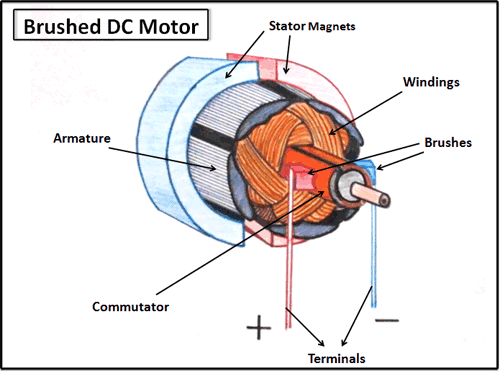
Even with all of the major advances in technology, all DC brushed motors are still made from the same five components:
- Armature (rotor)
- Commutator
- Brushes
- Axle
- Stator Magnets
To get the motor spinning, an electrical current is applied to the brushes, which are in contact with the commutator. The current then flows through the armature creating a magnetic field.
The armature is surrounded by the stator magnets, and the interaction of the magnetic fields is what causes the armature to rotate around the axle. As more juice (electrical current) gets applied, like when you pull the trigger on your drill, the magnetic field of the armature increases and makes it spin faster.
Brushless Motor Overview
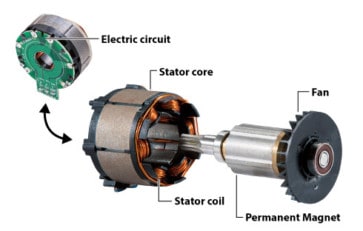
I know it’s hard to believe, but brushless motors don’t have any brushes. Crazy, right?
All kidding aside, the lack of brushes is not the only thing that’s different between the two electrical motors.
In Brushless motors the permanent magnets are moved from the stator to the rotor and the windings are moved to the stator. Electronic controls change the polarity of the current in the windings. Sensors then monitor the position of the rotor and send that info back to the electronic controls.
Brushless vs Brushed Drill Comparison
| Criteria | Brushless Drills | Brushed Drills |
|---|---|---|
| Power | Loses Torque at High Speeds | Consistent Power Output |
| Performance | Good | Excellent |
| Battery Life | Normal | Extended |
| Tool Life | Requires Periodic Maintenance | Longer Tool Life But Less Maintainable |
| Cost | Inexpensive | Expensive |
Brushed Drill Advantages
While they don’t feature the latest and greatest technology, brushed motor drills still have their advantages over their brushless counterparts.
Maintainability
Despite the fact that the brushes eventually wear out and need to be replaced, they’re pretty easy to replace. Since drills with brushed motors have been available for such a long time, the brushes are readily available and not that expensive.
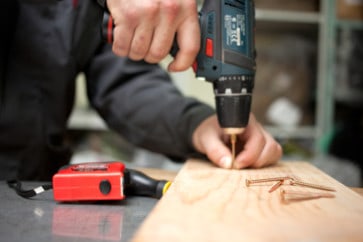
There’s another great part about brushed motors being around forever. You’ll find a vast array of guides that’ll show you step-by-step how to replace the brushes.
Even if you hire someone to replace the brushes in your drill, it’ll typically still be cheaper than buying a new drill altogether.
You can’t say the same thing about brushless drills. If the motor goes out, you’re better off replacing the whole kit and kaboodle.
Cost
OK, so this is the biggest advantage that a brushed drill has over a brushless one. They are significantly lower in price and still provide similar performance. In a price to performance battle, standard brushed drills win every time.
Even when you take into consideration that you’ll eventually need to replace the brushes, it’s still less expensive over the long haul.
Disadvantages of Brushed Drills
While the simplistic design of brushed motors have been powering tools for longer than any of us have been alive, they’re not without their issues.
As previously mentioned, the brushes are in constant contact with the rotor and eventually they wear out from all of the friction. As they wear out, the performance decreases.
Another issue that brushed drills have is that they start to lose torque at higher speeds. The friction of the brushes at higher speeds increases heat and causes the torque output to decline.
Brushless Drill Advantages
Compact
Since there are fewer physical parts in brushless motors, a brushless drill is smaller in size and weighs less than a brushed motor equivalent.
Less Maintenance
Being brushless means there are no brushes to wear down and replace. Additionally, the lack of friction means less heat. That all contributes to extending the life of the motor.
Power Efficiency
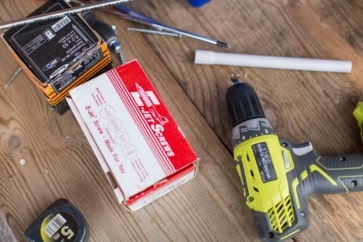
When you use a drill powered by a brushed motor, the same amount of electricity is used no matter how much resistance it’s up against. On the other hand, brushless motors adjust their speed, torque and power usage to match the job at hand.
The electronic sensors can tell if you are trying to drill into a soft material, like drywall, or into something hard like metal. It then only uses enough power to accomplish the job.
This “smart” way of power use also leads to longer run times. It uses less battery energy for doing the same task as you would with a brushed motor.
Quieter
I imagine that because there’s no friction and less moving parts in a brushless drill, that’s why they’re quieter. All I know is that my brushless drill is significantly quieter than my standard brushed motor version.
Disadvantages of Brushless Drills
With all of the advantages that brushless drills have, are there any downsides?
Yes. They cost more.
All of the technology that goes into making brushless motor work isn’t cheap and that increases the overall cost of making brushless drills and tools. That additional cost is then passed onto you and me in the retail price we pay.
Conclusion
Hopefully, you now have a better understanding of the differences between brushless and brushed drills.
Are brushless drills worth it? In my opinion, the advantages that a brushless motor provides are definitely worth it. I would only choose a brushed version over a brushless drill when the major deciding factor is cost.
However, just like all other electronics, prices decrease over time and the same is happening with brushless tools. The price difference between brushed and brushless motor powered tools has shrunk over the past couple of years. So, it’s getting harder and harder to recommend getting a standard brushed drill over brushless models.
Have you made the leap to using brushless tools? Let us know in the comments below.
